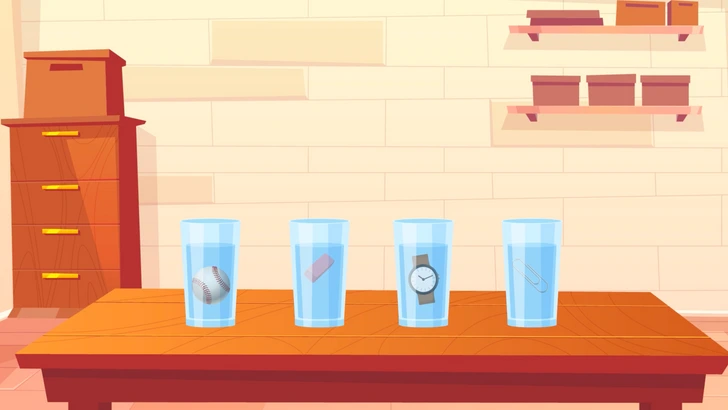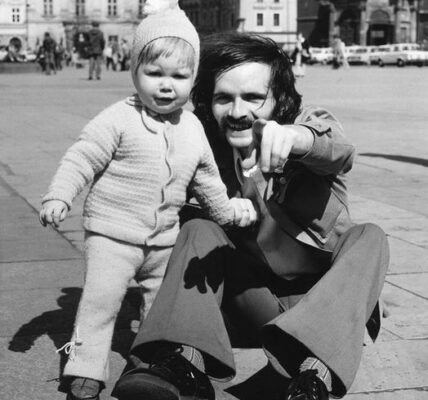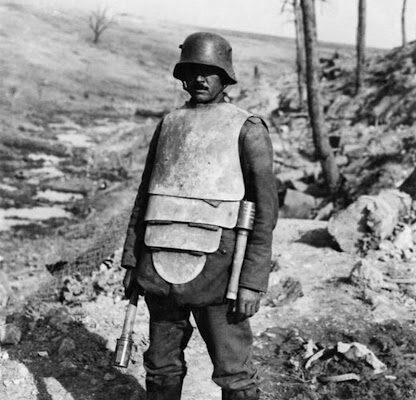Ready to stretch your mind with a fun and intriguing brain teaser? Imagine this: four identical glasses sit on a table, each filled to the same level with water. But there’s a twist—each glass contains a different object submerged in the water. The objects are a baseball, an eraser, a wristwatch, and a paper clip. Although the water level appears the same in each glass, the question is: Which glass actually contains more water?
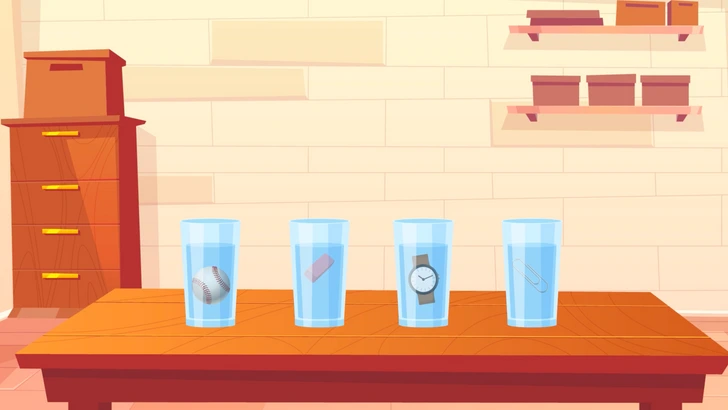
This puzzle challenges you to think beyond what you see and consider the properties of each object and how they impact the amount of water in the glass. Are you ready to dive in and discover the answer?
Common Mistakes People Make in Solving This Puzzle
Visual puzzles like this can be deceptively simple, leading people to make common errors in their rush to find a solution. Here are a few typical mistakes and why they happen:
- Overlooking the Object’s Volume: Many people assume that since the water levels appear equal, each glass contains the same amount of water. But this overlooks the fact that each object takes up space, which displaces some of the water.
- Focusing Solely on Water Levels: It’s easy to get fixated on the visible water line and ignore the objects inside the glasses. Different objects displace varying amounts of water depending on their size and shape, which affects the actual volume of water in each glass.
- Ignoring Object Density and Size: People often forget that a larger or denser object will displace more water than a smaller one. Just because the water line looks the same doesn’t mean there’s an equal amount of water in each glass. The volume taken up by the object reduces the actual amount of water in the glass.
With these common pitfalls in mind, let’s break down the puzzle step-by-step to find the solution.
Step-by-Step Guide to Solving the Puzzle
Let’s walk through the puzzle systematically, taking into account the volume of each object and the concept of water displacement.
Step 1: Assess the Objects in Each Glass
Each glass contains a unique object: a baseball, an eraser, a wristwatch, and a paper clip. Each of these objects varies in size and shape, meaning they occupy different amounts of space in the water. To solve this puzzle, we’ll need to evaluate the volume each object occupies and how much water it displaces.
Step 2: Consider the Concept of Water Displacement
When an object is submerged in water, it displaces a volume of water equal to the volume of the object itself. Larger objects displace more water, so the actual amount of water remaining in the glass will be less. For this reason, the glass with the smallest object should have the most water remaining, as it displaces the least amount.
Step 3: Identify the Smallest Object
Let’s take a look at the four objects:
- Baseball: A relatively large and round object.
- Eraser: Smaller than the baseball but still occupies significant space.
- Wristwatch: A bulky object that can displace a fair amount of water, depending on its size.
- Paper Clip: The smallest object, occupying minimal space in the water.
Out of the four, the paper clip is clearly the smallest and occupies the least space. Therefore, it displaces the least amount of water compared to the other objects.
Step 4: Deduce the Answer Based on Water Displacement
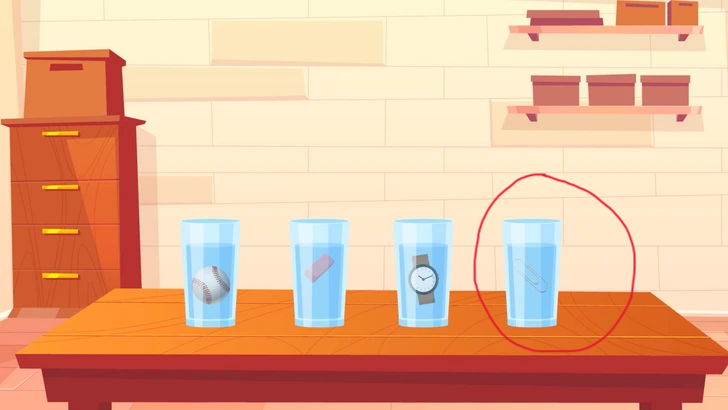
Since the paper clip takes up the least volume, it will displace a smaller amount of water than the baseball, eraser, or wristwatch. This means that the glass containing the paper clip has the most water remaining. If you were to remove each object, the water level in the glass with the paper clip would drop the least, revealing that it held more water from the start.
The Answer and Explanation
So, which glass has the most water? The correct answer is the glass with the paper clip. Here’s why: while each glass appears to be filled to the same level, the actual volume of water differs based on how much each object displaces. Since the paper clip is the smallest object, it displaces the least amount of water, leaving more actual water in the glass.
Share Your Solution! Did You Get It Right?
How quickly did you figure out which glass had the most water? Did you guess the paper clip, or did you initially focus on the water levels alone? Share your answer in the comments below! It’s always fun to see how others approached the puzzle and what conclusions they reached.
Conclusion: Embrace the Challenge of Brain Teasers
Brain teasers like this one are an excellent way to keep your mind sharp, enhance your problem-solving skills, and even boost your creativity. By slowing down, analyzing each element, and thinking logically, you can solve puzzles that initially seem straightforward but require a bit of thought to get right. The next time you encounter a puzzle, take the time to explore the details—you might just surprise yourself with what you discover.
Whether you nailed the answer or learned something new along the way, puzzles like this offer a great mental workout. If you enjoyed solving this one, why not try a few more? The more you challenge your mind, the better you’ll become at tackling tricky situations with confidence and creativity. Happy puzzling!
